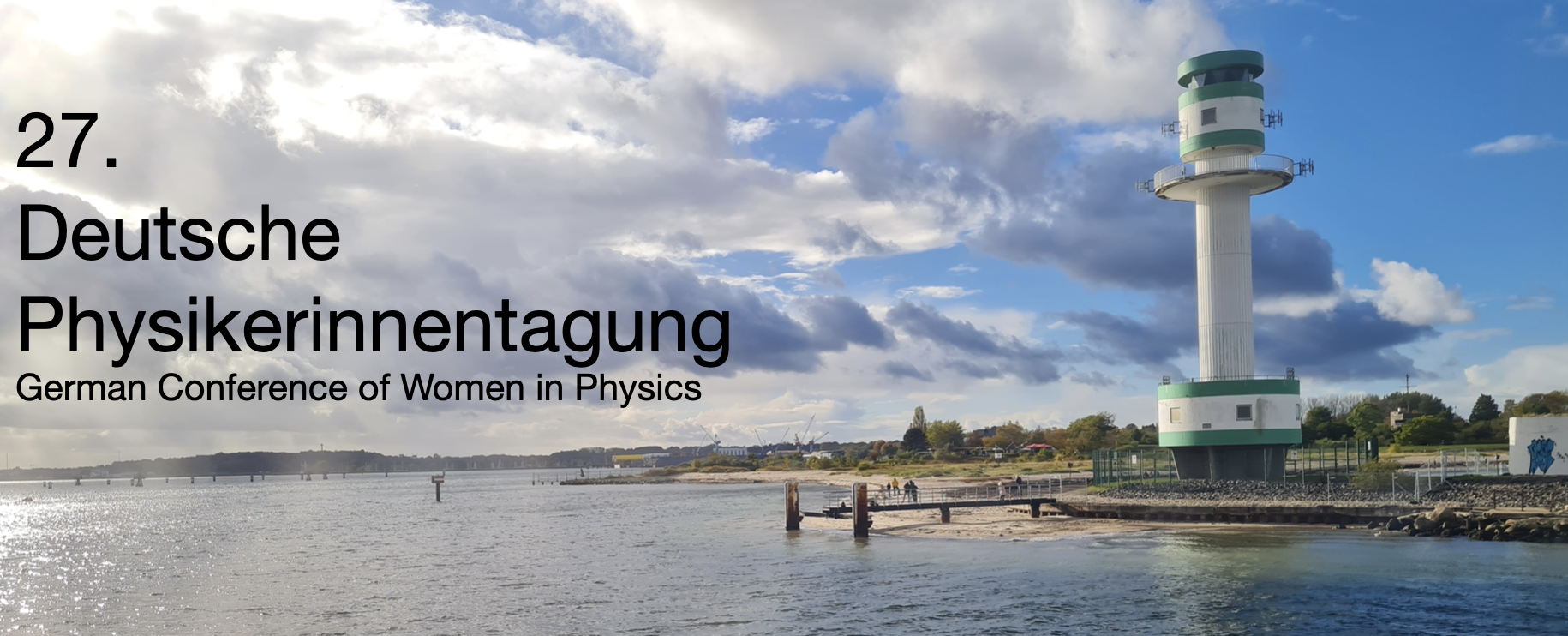Speaker
Description
This PhD work, entitled “Impact of resonant magnetic perturbations on plasma rotation in ASDEX Upgrade”, investigates the impact of resonant magnetic perturbations (RMPs) on plasma rotation in the ASDEX Upgrade (AUG) tokamak. To contextualize the study, it is helpful to briefly describe the fusion device. ASDEX Upgrade is equipped with 16 in-vessel saddle coils, known as B-coils, mounted on the low-field side of the torus in two rows—above and below the midplane. These coils can generate non-axisymmetric magnetic perturbation (MP) fields, which are primarily used for active magnetohydrodynamic (MHD) control, particularly to mitigate edge-localized modes (ELMs).
When applied, the resonant components of the MP field can penetrate the plasma and trigger magnetic reconnection at resonant surfaces, potentially leading to locked modes and, in severe cases, disruptions. Non-resonant components, while not directly destabilizing, generate a global braking effect via neoclassical toroidal viscosity (NTV) torque.
One of the main motivations for this study is the relevance of RMP-driven torque in future devices such as ITER, where the plasma's large size and inertia may render beam-driven torque insufficient. RMPs could thus become a dominant torque source. The ASDEX Upgrade charge exchange recombination spectroscopy (CXRS) system is particularly well-suited for RMP coil modulation studies, offering flexibility in modulation frequency and amplitude.
This research is structured into three main parts:
1. Torque Localization via Modulation Experiments:
Coil modulation experiments are conducted to identify the spatial distribution of the torque. By varying the modulation frequency and the relative phasing of the upper and lower B-coils, the optimal alignment for torque localization can be determined. These experimental results are then compared with NTV torque calculations from linear models (using PENTRC or RABBIT) and with momentum transport simulations from ASTRA, which solves the momentum balance equation using experimental boundary conditions.
2. Spin-Up and Braking Experiments:
Experiments are planned to investigate plasma spin-up and braking under different MP configurations. By maintaining feedback control of electron density and temperature and switching the neutral beam injection (NBI) from tangential to radial, the resulting changes in plasma rotation can be used to infer the magnitude and radial profile of the NTV torque. These experiments will be performed in both H-mode and L-mode. While H-mode offers stronger NTV effects, it is complicated by the presence of ELMs. L-mode avoids ELMs but presents challenges due to lower pressure and weaker torque signals.
3. NBI Modulation with and without RMPs:
This phase examines how RMPs influence momentum transport by comparing NBI-modulated discharges with and without MP fields. Without RMPs, toroidal velocity and temperature modulate with the beam input, and core density remains constant. The radial flux of toroidal momentum is decomposed into diffusive, convective, and residual stress components—the latter expected to change in the presence of RMPs. A similar experiment has been successfully performed on KSTAR using non-resonant MPs. This work aims to extend the approach using resonant MPs, which are expected to have an even stronger effect on both NTV torque and momentum transport.
In conclusion, this PhD research aims to deepen our understanding of RMP-induced torque and plasma rotation, combining detailed experimental studies with theoretical and numerical modeling.

